Fall protection has been the Occupational Safety and Health Administration’s most frequently cited standard for a decade. What is it about the standard that yields so many violations? And what can be done to fix these recurring mistakes?
Earlier this year, “fall protection” earned a dubious distinction.
It topped the rankings for the 10th successive fiscal year in the list of the 10 most frequently cited workplace safety violations for 2020, which was issued by the Occupational Safety and Health Administration (OSHA).
As OSHA noted in its report on the list, the organization publishes its annual top 10 to alert employers about the most commonly cited safety standards “so they can take steps to find and fix recognized hazards addressed in these and other standards,” adding that “far too many preventable injuries and illnesses occur in the workplace.”
In truth, much progress has been made in the field of workplace safety. Before OSHA was established in 1970 with a directive of protecting workers by requiring employers to mitigate or eliminate workplace hazards, fall protection in the workplace was unregulated and employers bore little responsibility for fall hazards, which were more commonplace.


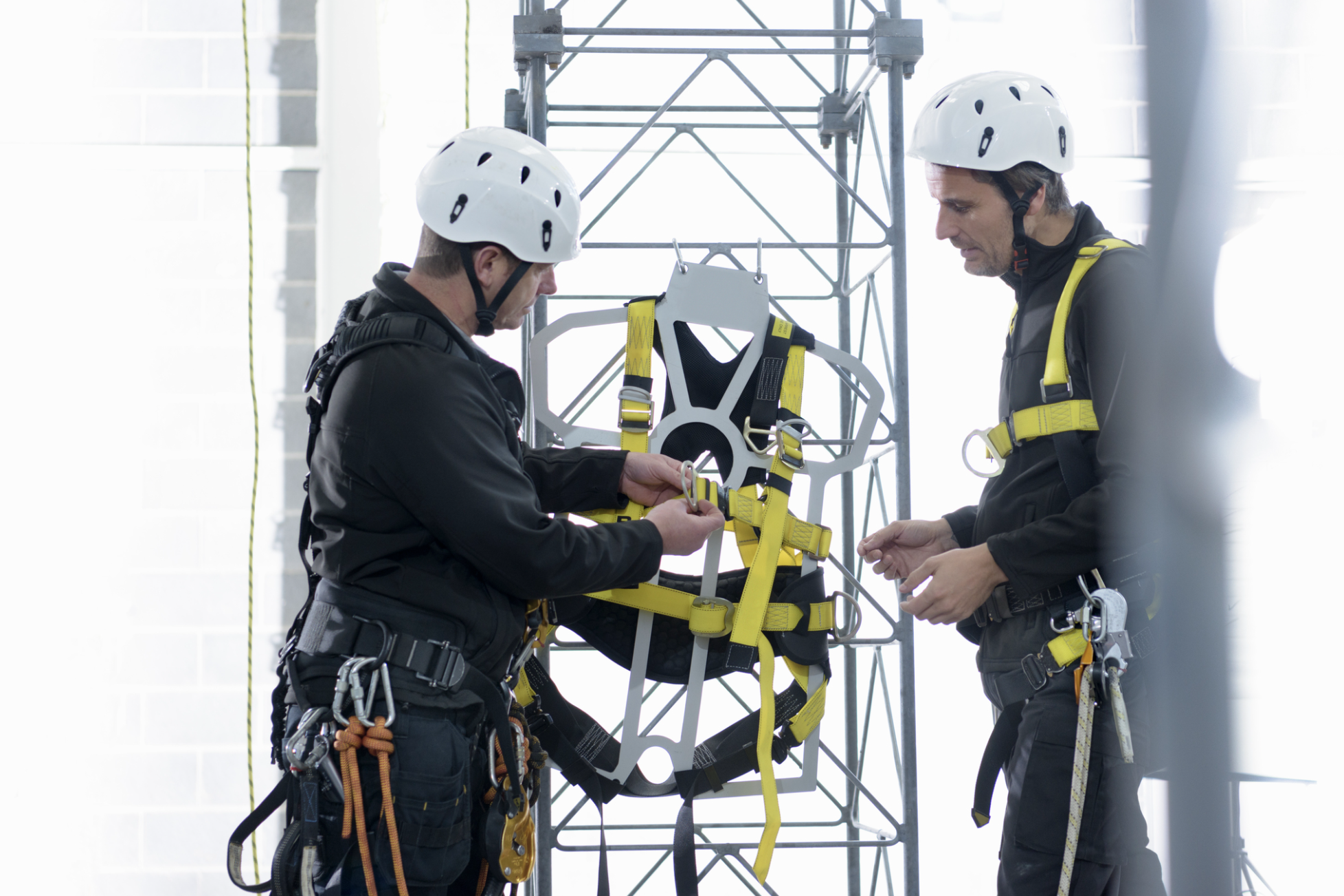
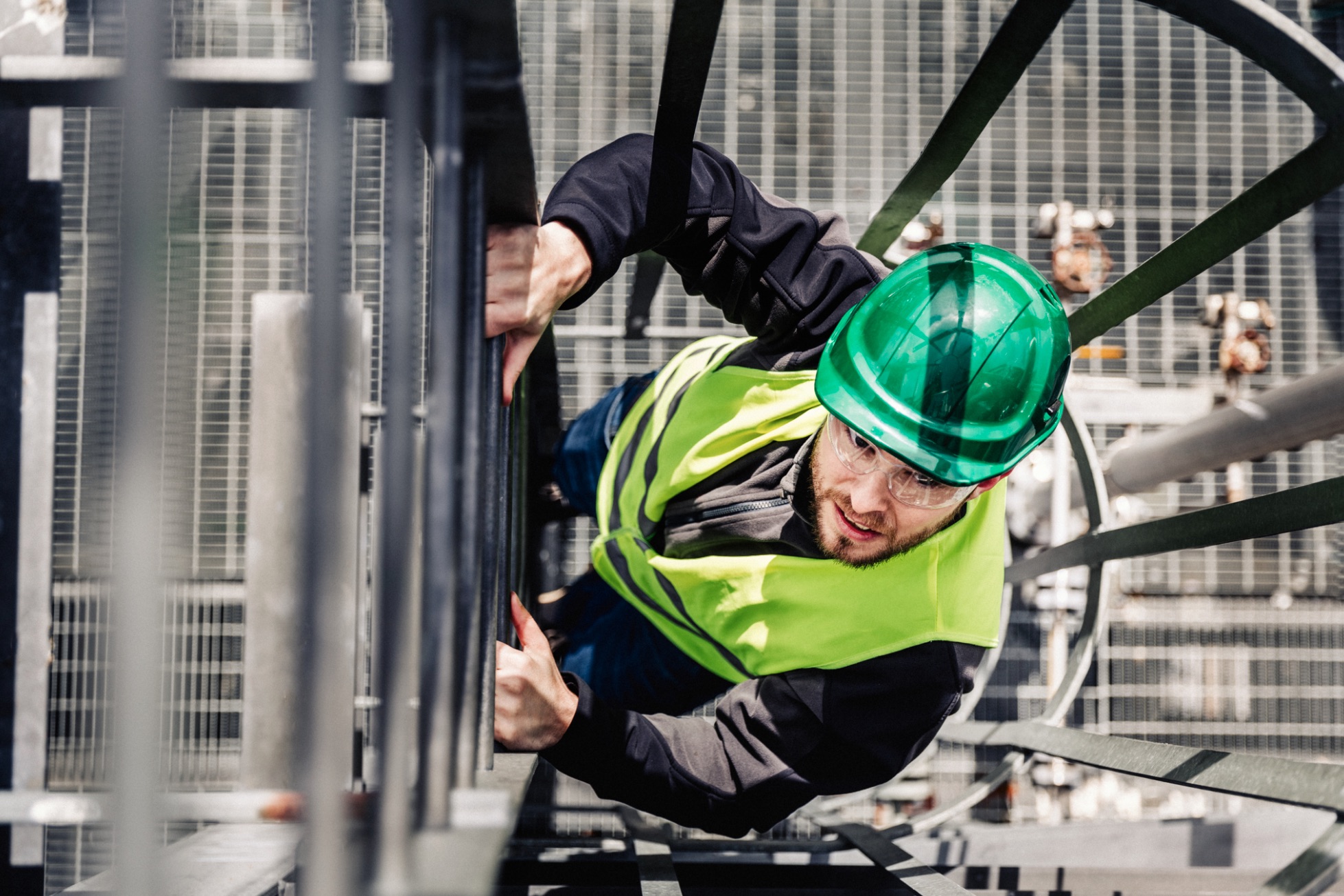

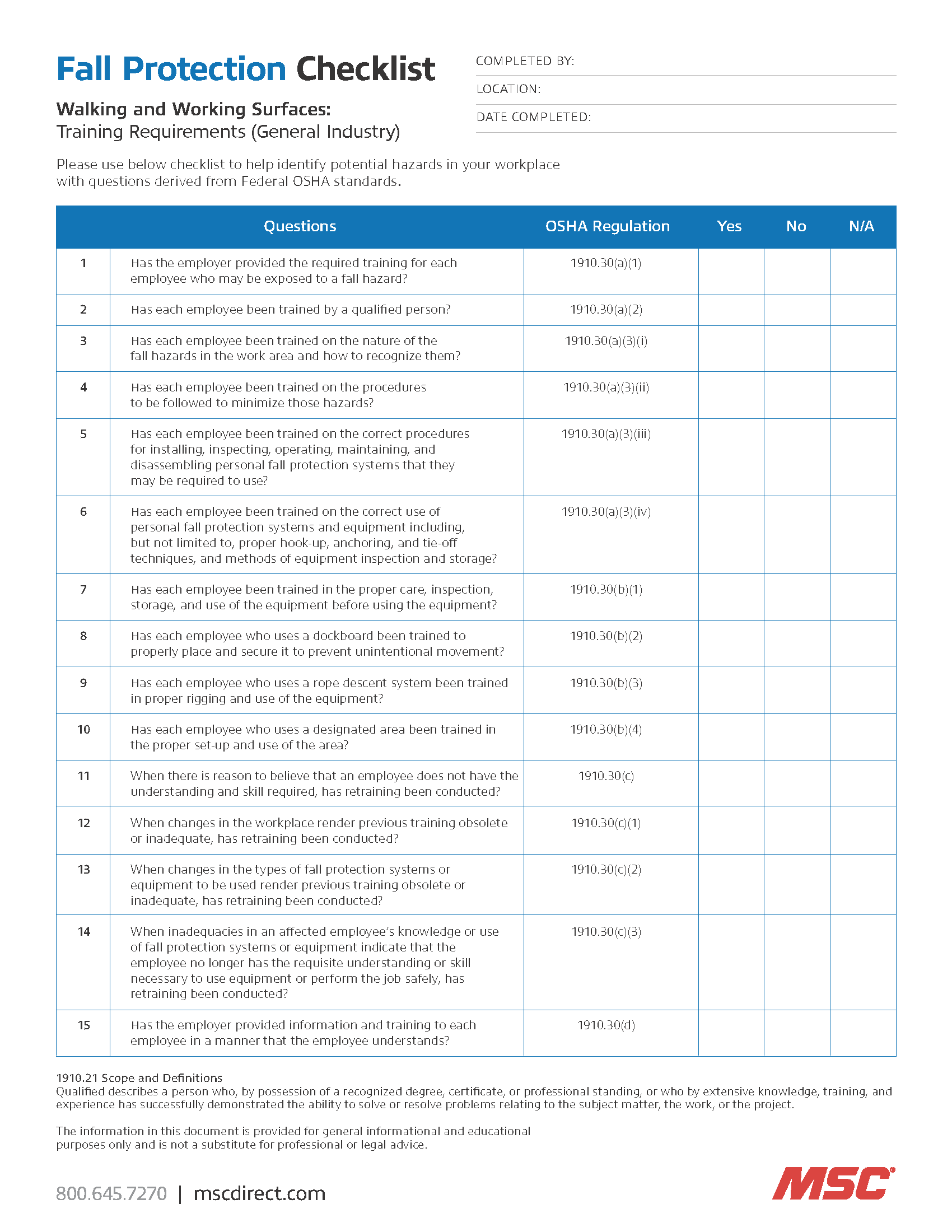
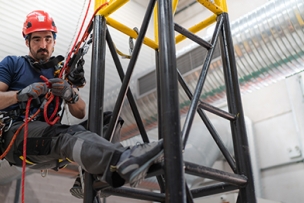

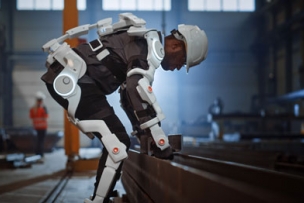
Talk to Us!
Leave a reply
Your email address will not be published. Required fields are marked *